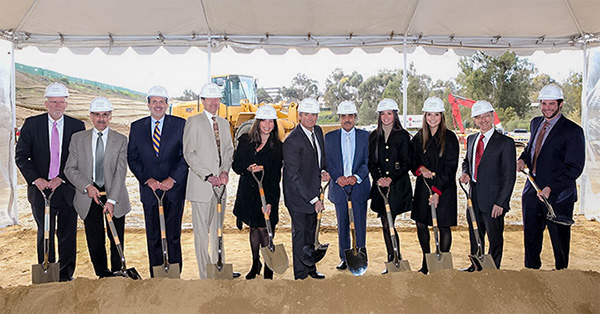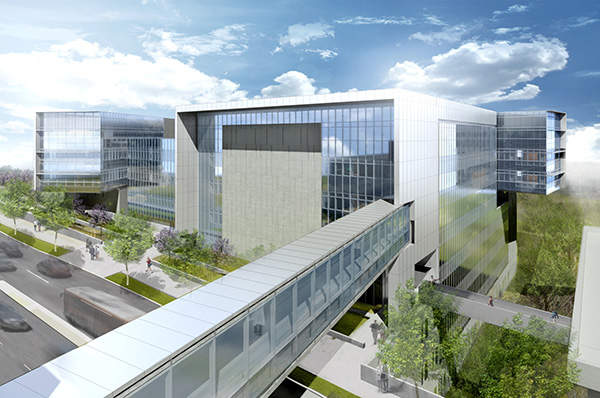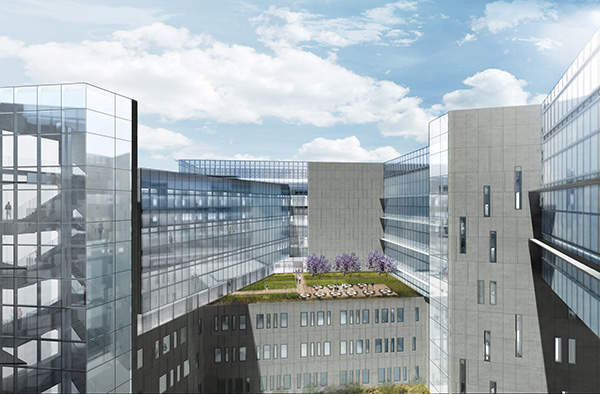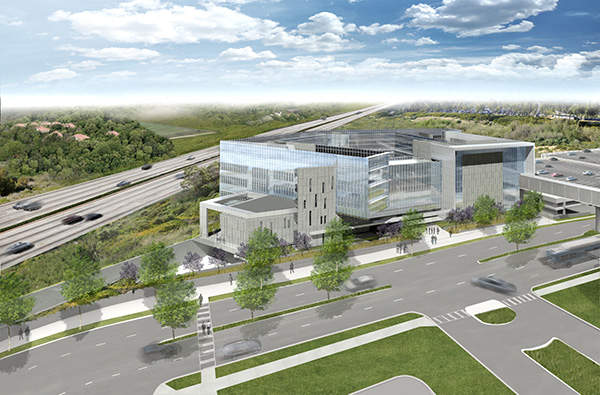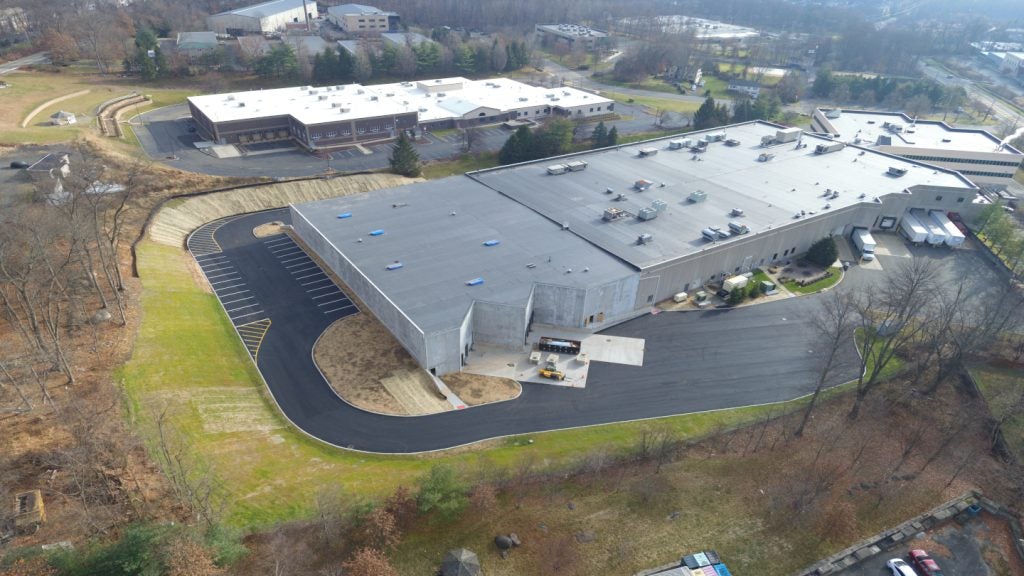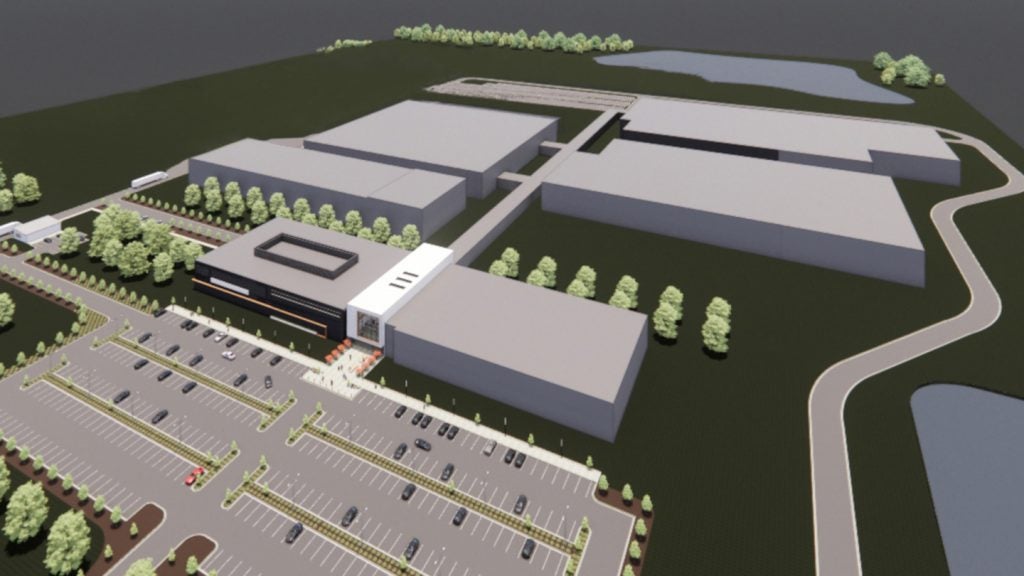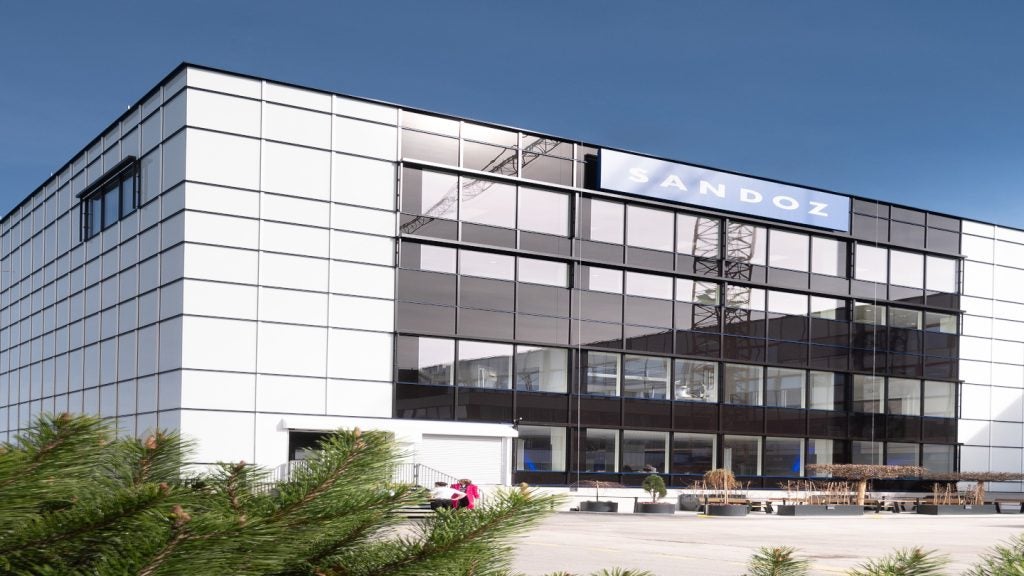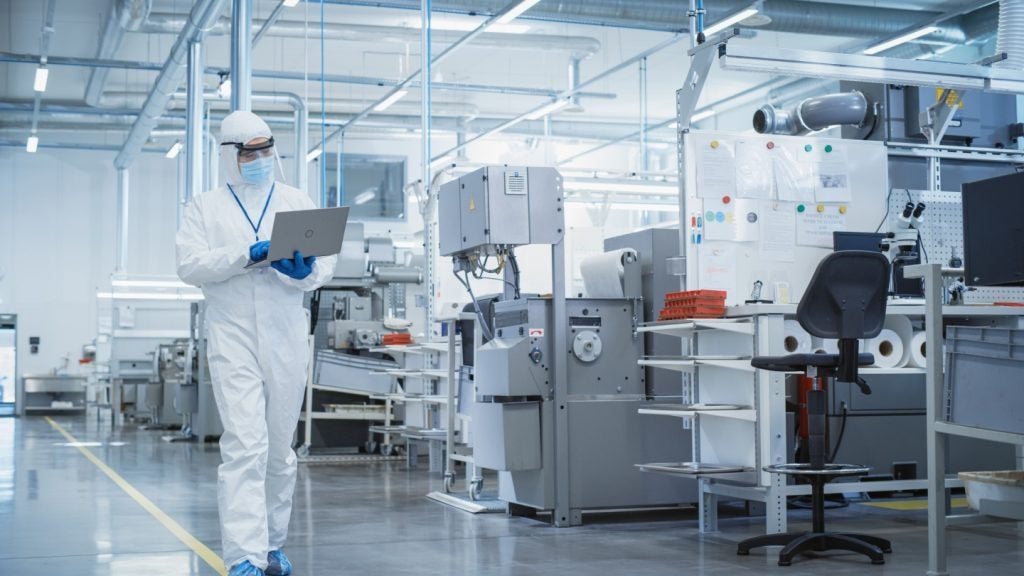In January 2013, the University of California, San Diego (UCSD) began building the Altman Clinical and Translational Research Institute (CTRI) building at La Jolla in San Diego, California.
The CTRI aims to provide laboratory and clinical researchers with an environment for collaboration and resource-sharing to better understand and treat diseases such as cancer, arthritis and diabetes.
The building is named after San Diego-based philanthropists Lisa and Steve Altman, who contributed $10m to the construction of the CTRI building in March 2011. The structure was officially opened in March 2016.
The facility employs 1,000 people, including around 100 principal investigators. It is home to biomedical informatics specialists, telemedicine specialists, electronic health record technology specialists, imaging specialists and biomedical engineers.
Design of the Altman CTRI
The facility is a seven-storey building with three floors below ground and four above. The building has a pentagonal structure enclosed with a terrace at street level, a courtyard on lower level three, and another terrace on the auditorium’s exterior at level one, which features a green theme.
The facility is connected to the Sulpizio Cardiovascular Centre by a pier-supported pedestrian bridge.
Facilities at the research institute
The facility is engaged in research to expedite the development of new technologies, drugs and procedures for patients. It is equipped with state-of-the-art laboratory equipment and clinical research facilities and invites researchers from all disciplines, such as physicians, geneticists, engineers, immunologists and computer scientists, to carry out research and collaborate on cures for specific diseases.
The Altman CTRI is also the new home of UCSD’s paediatric diabetes research centre.
The building has a 359,000ft² total floor space and includes around 189,000ft² of space for research and core laboratories, 66,000ft² of space for dry research, multiple conference rooms, a large lecture hall and other facilities.
The CTRI’s administration offices are also located in the building. Other facilities at the site include a vivarium, auditorium and café.
Construction of the Altman CTRI
A ground-breaking ceremony for the CTRI facility’s construction was held on 17 January 2013. Construction work began in April 2013 and was completed in March 2016.
The building aims to achieve Leadership in Energy and Environmental Design (LEED) Silver certification. It was built in compliance with environmentally friendly norms and uses zero energy strategies.
Contractors for the project
The CTRI facility was designed by US-based architecture firm Zimmer Gunsul Frasca (ZGF) Architects. The construction contract was awarded to general contracting company Rudolph and Sletten, who is the construction manager, with assistance from UCSD Facilities Design and Construction.
Rudolph and Sletten invited bids for 38 subcontract works for the building’s construction.
Financing for the research institute
The total estimated investment for the project’s construction is around $269m. In addition to the $10m contribution from Steve and Lisa Altman, the rest of the project costs were met through external and public financing as part of research funding from UCSD.

